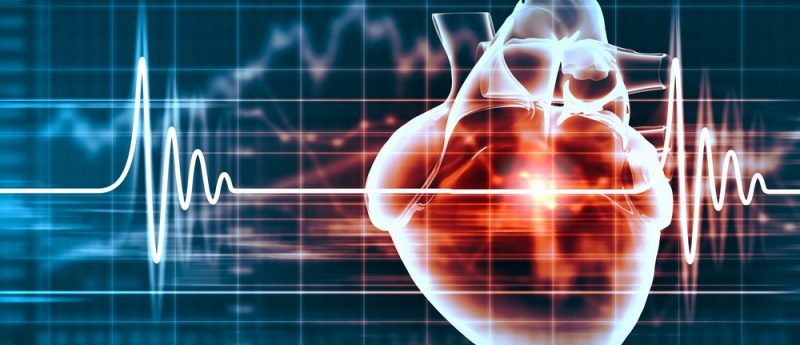New study suggests treating heart failure with stem cells could be harmful

A new study has found that the use of host patient stem cells in the treatment of heart failure could have adverse effects on patients.
A new study by researchers from Tel Aviv University (Tel Aviv, Israel) has found that the use of host patient stem cells in the treatment of severe and end-stage heart failure could lead to adverse effects. The research was recently published in Circulation.
“We found that, contrary to popular belief, tissue stem cells derived from sick hearts do not contribute to heart healing after injury,” commented study lead author Jonathan Leor (Tel Aviv University). “Furthermore, we found that these cells are affected by the inflammatory environment and develop inflammatory properties. The affected stem cells may even exacerbate damage to the already diseased heart muscle.”
The researchers also discovered the molecular pathway involved in the negative interaction between the stem cells and the immune system. The pathway was initially found in a murine model and then in humans.
The environment of the failing heart caused the transplanted and resident stem cells to switch toward a pro-inflammatory phenotype and restricted their survival and reparative effects in a mechanism mediated by TLR4.
“We showed that the deletion of the gene responsible for this pathway can restore the original therapeutic function of the cells,” continued Leor. “Our findings determine the potential negative effects of inflammation on stem cell function as they’re currently used. The use of autologous stem cells from patients with heart disease should be modified. Only stem cells from healthy donors or genetically engineered cells should be used in treating cardiac conditions.”
Sources: Naftali-Shani N, Levin-Kotler LP, Palevski D et al. Left Ventricular Dysfunction Switches Mesenchymal Stromal Cells Toward an Inflammatory Phenotype and Impairs Their Reparative Properties Via Toll-Like Receptor-4. Circulation. 135(23):2271-2287 (2017); https://www.sciencedaily.com/r…